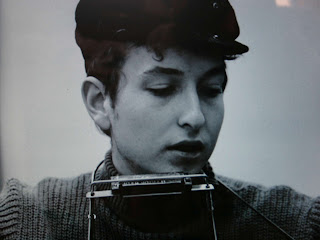Think of Easter and the first thing that comes to mind is the Easter egg. The exchange of the colourful and decorative egg is a Western concept and tradition, which is found to be practised on a small scale in Bangalore because of the British influence.
In the past, eggs were forbidden to Catholics during the fast of Lent, which was the reason for the abundance of eggs at Easter time. The precise origin of the ancient custom of colouring eggs is not known, although evidently the blooming of many flowers in spring coincides with the use of the fertility symbol of eggs — and eggs boiled with some flowers change their colour, bringing spring into homes.
The Easter eggs which you find in some Bangalore bakeries are oval-shaped hollow shells of sugar icing and can be as large as ostrich eggs. The hollow portion is filled with chocolates, edible gems and other goodies. Children are told that the Easter Bunny hides the eggs for them to find and enjoy! Children then hunt for the eggs in the house and in the garden. Easter Bunny is to Easter what Santa Claus is to Christmas.
Legend has it that the Easter Bunny brings baskets filled with colourful eggs, candy and sometimes toys to the homes of children on the night before Easter. The Easter Bunny either puts the baskets in a designated place or hides them somewhere in the house or garden for the children to find when they wake up in the morning.
The Easter Bunny has its origins in Germany. The first edible Easter bunnies, like the gingerbread man, were made out of pastry and sugar in Germany during the early 1800s.
In the past, eggs were forbidden to Catholics during the fast of Lent, which was the reason for the abundance of eggs at Easter time. The precise origin of the ancient custom of colouring eggs is not known, although evidently the blooming of many flowers in spring coincides with the use of the fertility symbol of eggs — and eggs boiled with some flowers change their colour, bringing spring into homes.
The Easter eggs which you find in some Bangalore bakeries are oval-shaped hollow shells of sugar icing and can be as large as ostrich eggs. The hollow portion is filled with chocolates, edible gems and other goodies. Children are told that the Easter Bunny hides the eggs for them to find and enjoy! Children then hunt for the eggs in the house and in the garden. Easter Bunny is to Easter what Santa Claus is to Christmas.
Legend has it that the Easter Bunny brings baskets filled with colourful eggs, candy and sometimes toys to the homes of children on the night before Easter. The Easter Bunny either puts the baskets in a designated place or hides them somewhere in the house or garden for the children to find when they wake up in the morning.
The Easter Bunny has its origins in Germany. The first edible Easter bunnies, like the gingerbread man, were made out of pastry and sugar in Germany during the early 1800s.
Recipe of Easter eggs (for children):
Ingredients: 1 cup icing sugar; 2 egg whites whipped; food colour of your choice.
Method: Take a bowl, put icing sugar in it and stir it, while adding the egg whites little by little until it becomes a soft dough. Add colour to the dough. Apply a thin layer of the dough on both the halves of an egg mould. Fill the hollow portion with chocolates and gems. Close the two halves of the mould and allow it to dry and harden. Gently open the mould to get your Easter egg. Decorate the egg with traditional motifs.
Ingredients: 1 cup icing sugar; 2 egg whites whipped; food colour of your choice.
Method: Take a bowl, put icing sugar in it and stir it, while adding the egg whites little by little until it becomes a soft dough. Add colour to the dough. Apply a thin layer of the dough on both the halves of an egg mould. Fill the hollow portion with chocolates and gems. Close the two halves of the mould and allow it to dry and harden. Gently open the mould to get your Easter egg. Decorate the egg with traditional motifs.
Once again wishing “HAPPY EASTER” to every one.
Source : Michael Patrao & www.deccanherald.com
Photo courtesy: www.funripper.com




